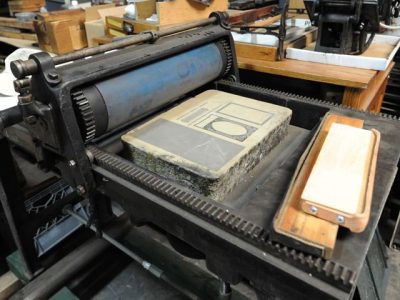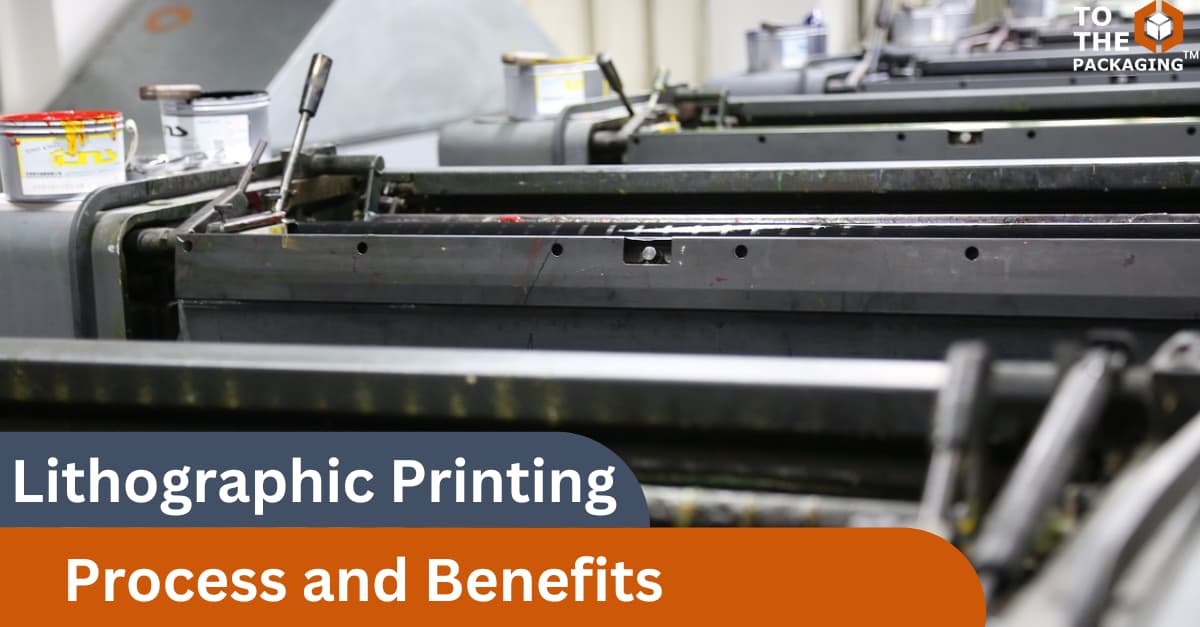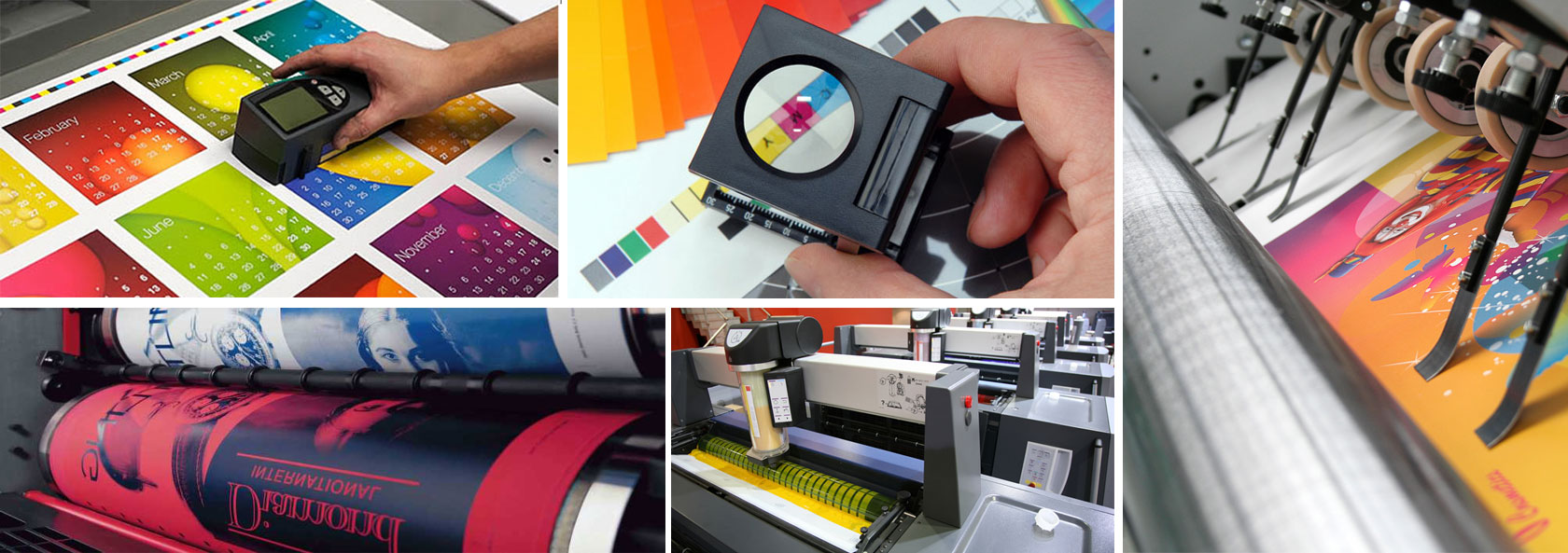A Comprehensive Overview to Recognizing Litho Printing Techniques
The globe of litho printing, a strategy stemming from the late 18th century, is a fascinating mix of history, science, art and development. Remain with us as we trip right into the fascinating world of litho printing.
The Historical Development of Litho Printing
The historic trajectory of litho printing, a pivotal innovation in the world of interaction, is a captivating tale of human ingenuity. The procedure progressed with the advent of the rotary press, which greatly raised performance. Each phase of litho printing's evolution showcases humankind's relentless quest of performance and quality in aesthetic interaction.
Deciphering the Science Behind Litho Printing Inks
Moving forward in the expedition of litho printing techniques, the emphasis now changes to the science behind litho printing inks. The structure of these inks, their drying out procedure, and shade mixing techniques develop the backbone of this intricate art kind. Recognizing these components is essential to mastering the craft and attaining the desired print outcomes.
Composition of Litho Inks
In lithographic printing, the essential function of litho inks can not be overemphasized. The make-up of litho inks varies depending upon its purpose, however typically, they contain two major elements - pigments and automobiles. Pigments, the color-providing aspects, are carefully ground bits put on hold in the car, a fluid that lugs the pigment onto the printing surface area. The lorry is a complex combination of materials, oils, and solvents, which affect the ink's drying out time, bond, and gloss. Furthermore, different additives exist to enhance particular residential properties like circulation, drying, and resistance to ecological results. Each element plays a crucial part in the final print's top quality, making the exact formulation of litho inks a complex scientific research.
Ink Drying Refine
From the structure of litho inks, interest turns to the remarkable process of ink drying out. Two main methods are made use of in litho printing: oxidative drying and absorption. Absorption, on the other hand, includes the ink seeping into the paper fibers, which is a faster procedure yet can lead to less lively shades.
Color Mixing Techniques
While the drying out process plays a crucial role in litho printing, the science of shade mixing strategies holds equivalent relevance. The science behind litho printing inks additionally takes into account the openness of the ink, which impacts exactly how colors overlay and mix.
The Art and Design Aspects in Litho Printing
Litho printing takes a breath life into art and design through its one-of-a-kind components. The process involves creating an image on a lithographic limestone plate or steel plate with a smooth surface. The image is then printed onto a tool, usually paper, by transferring the ink from the plate. What collections litho publishing apart is its capacity to duplicate complex layouts with high integrity, making the output practically similar to the initial art work. This is attained through using different line techniques such as cross-hatching, hatching, and stippling, which enable a series of tonal effects. Additionally, litho printing suits a selection of shades, enabling artists to produce lively and dynamic prints. This combination of accuracy and flexibility makes litho printing a preferred selection for lots of artists and designers.
Modern Applications of Litho Printing Strategies
Litho printing methods have actually discovered extensive use in the modern business field. Its impact and significance continue to expand with the development of new innovations and modern technologies in the field. This section will certainly discover these contemporary applications and the see it here transformative role they play in the printing sector.
Commercial Litho Printing Utilizes
In today's electronic age, one may wonder concerning the importance of typical printing techniques. Litho printing stays a vital part of the industrial sector. High-volume printing jobs, such as the manufacturing of publications, newspapers, and product packaging, depend on litho printing for its ability to deliver exceptional photo high quality and cost efficiency. The procedure, which includes moving a tattooed image from a plate onto a rubber blanket and after that to the printing surface area, offers unequaled consistency. This my blog makes it perfect for jobs requiring a huge print run. Litho printing likewise supplies a wide color spectrum, remarkable to that of electronic printing. This makes it the go-to option for projects that demand vibrant, top notch color recreation.
Developments in Litho Printing
Pushing the limits of traditional methods, contemporary innovations have sustained a host of advancements in litho printing. These developments have not only boosted the high quality and performance of litho prints yet likewise increased its application extent. One popular development is electronic litho printing, which integrates the virtues of electronic innovation with litho's high-grade result. This crossbreed design offers faster arrangement times, minimized waste, and makes it possible for on-demand printing. Another remarkable improvement is the introduction of eco-friendly inks. These inks, made from vegetable or soy-based remedies, have dramatically decreased the market's ecological influence. litho printing. Furthermore, the advancement of sophisticated plate technology has streamlined the printing procedure, leading to sharper photos and enhanced color integrity. These innovations highlight the enduring relevance of litho printing in the contemporary world.
Discovering the Process of Litho Printing: Detailed

Challenges and Solutions in Contemporary Litho Printing

Regardless of the accuracy and tradition that litho printing proudly maintains, it is not without its collection of contemporary challenges. Digital litho printing enables for affordable short runs and easy modification, attending to the problem of variable data. Thus, while there are challenges, the litho printing market is proactively adjusting to fulfill them head-on, guaranteeing its significance in the future.
Verdict
In verdict, litho printing, with its rich background and scientific intricacies, holds a substantial area in the print sector. The future of litho printing hinges on its ability to adjust to these altering needs, affirming its long-lasting value in an advancing market.
